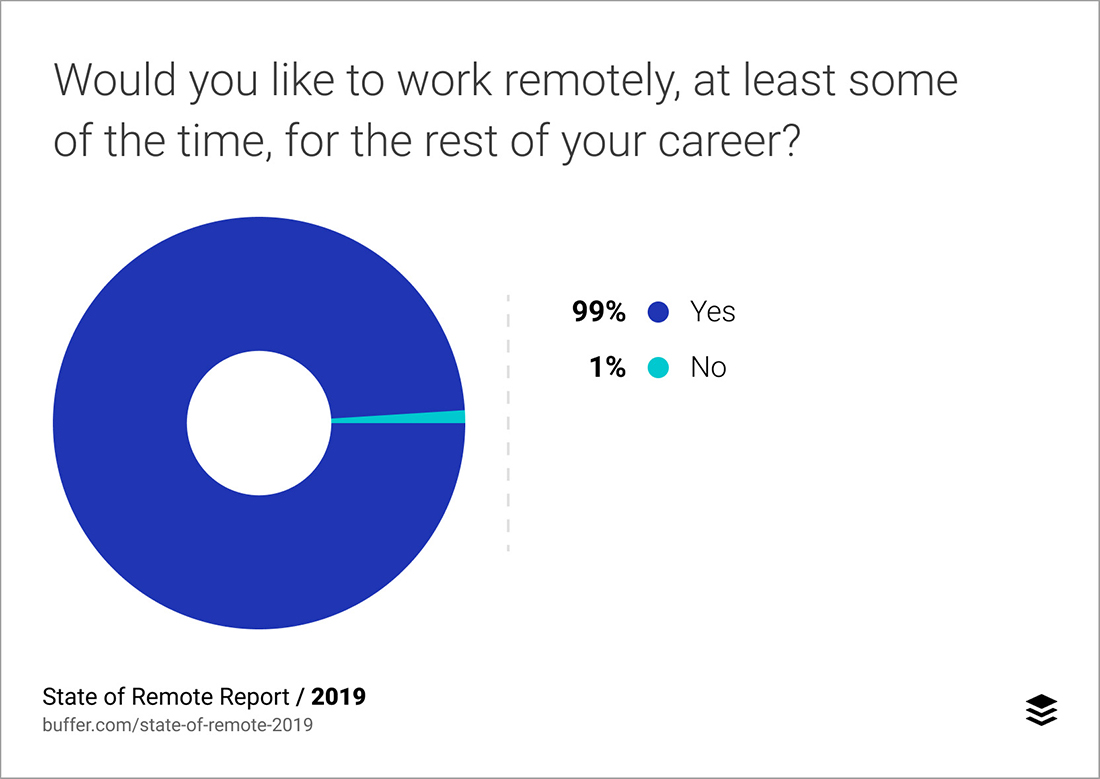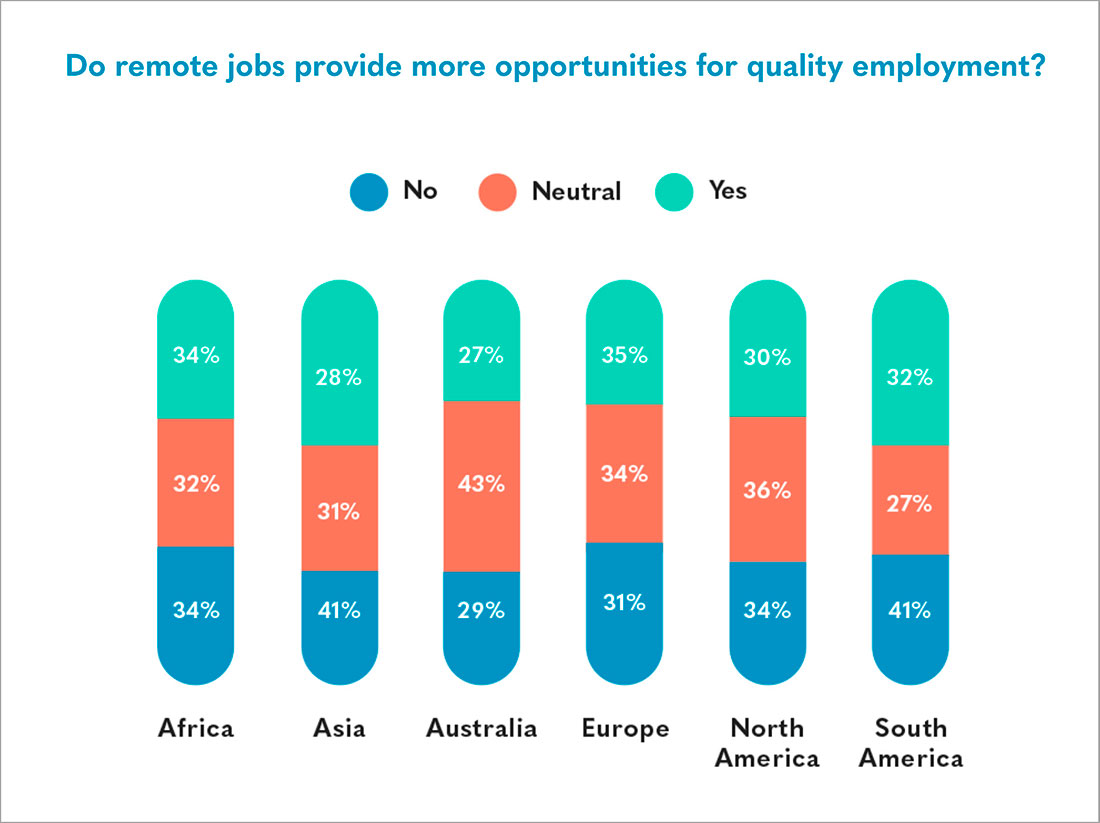With the rapid spread of the novel coronavirus, the world woke up to a new reality that looked like a scene out of an apocalyptic movie.
Millions of lives have been altered by the public health crisis, which began in the Hubei province of China late last year and has since engulfed a large number of countries.
Over 185,000 people worldwide have so far been infected, with the hardest-hit countries being China, Italy, Iran, Spain, and South Korea, according to the latest data released by the Center for Systems Science and Engineering at Johns Hopkins University.
More than 7,000 people have died of COVID-19, the disease caused by the coronavirus, while over 80,000 patients have recovered.
The pandemic has put the affected countries under lockdown and disrupted businesses all over the globe.
As with any other new reality, the reality of life under the pall of the coronavirus has brought new demands and almost all entities, public or private, are scrambling to adapt to the new way of life.

New Requirements
Among all the new measures adopted to slow the spread of the virus, the concept of "remote work" took the center stage after health experts advised social distancing and some governments decided to impose major travel restrictions and roll out a state of enforced social isolation.
It was always said that the future of work is remote but that future has suddenly been brought forward by the outbreak of the coronavirus, catching many unprepared businesses off guard.
It would be turning a blind eye to the realities on the ground if we say that all jobs and businesses have the potential to go fully remote.
However, it is a matter of fact that some companies have been too slow in incorporating remote work into their strategies and the coronavirus could be the tipping point that pushes more businesses to adopt it finally and create a culture that allows work flexibility.

The new unprecedented situation also provides an opportunity for companies who have already moved some or all aspects of their business online to tweak and improve their policies.
Time magazine recently wrote that "the coronavirus outbreak has become the world's largest work-from-home experiment." It added that working from home "is no longer a privilege, it's a necessity".
Multiple industry reports show that more and more business leaders are coming to the realization that remote work can become their new competitive advantage.
'A Great Opportunity'
In comments to Via News, Mário Mouraz, founder and CEO of Climber RMS, a hotel revenue management platform, said remote working being mandatory when possible will transform the way businesses are run forever.
"This is a great opportunity to reshape the communication, processes, and relationships and adapt our companies to the new decade, which I believe will be drastically different from the previous one," he added, referring to the situation that the world is grappling with today.

Reports and analyses about the future of different sectors of the economy have long listed remote working as one of the major trends that would fundamentally transform the business landscape.
However, as mentioned earlier, not many companies have put the necessary mechanisms in place to meet the requirements of the digital era and stay operational in a virtual world.
"Remote work is more common, but companies lack policies to support it," said a 2018 future workforce report published by Upwork, a global freelancing platform.
Academic Community
The coronavirus pandemic not only threw a spotlight on the flawed policies of many companies all over the world but also exposed the shortcomings of a large number of academic institutions.
As the outbreak forced schools, colleges, and universities to embark on an enormous experiment in remote teaching and learning to prevent transmission of the virus on campus, many of them found themselves unprepared.

"If there is any good to come out of this coronavirus situation, I would say it is that many schools and teachers who had not taken on the optional task of using digital media in teaching seriously have to undertake it now," Jesper Tække, an associate professor (Ph.D.) at Aarhus University, Denmark, told Via News through email.
Jesper, who works at the Centre for Internet Research at the School of Communication and Culture, argues that "virtual learning, both synchronous and asynchronous, is as important for education now as the use of textbooks was in education after the invention of the print medium."

Synchronous e-learning involves online studies through chat and video-conferencing in real time, while asynchronous learning is the type of learning people do alone, on their own time, and at their own pace.
Digitalization of everything related to teaching and immaterial goods is the "solution", said Jesper, the co-author of a 2017 article entitled "Digitalisation of education—the theory of the three waves".
Digitalization of everything related to teaching and immaterial goods is the "solution".
Jesper Tække, associate professor (Ph.D.) at Aarhus University, Denmark
'Remote Work Is the Future'
Pedro Oliveira, co-founder of Landing.jobs, a candidate-driven tech career marketplace, maintains that remote working and flexibility are major concepts that would define the future of work.
"I think that COVID-19 forced companies to come up with a business continuity plan," he told Via News.
According to Investopedia, Business Continuity Planning (BCP) is "the process involved in creating a system of prevention and recovery from potential threats to a company."
It says a business continuity plan ensures that personnel and assets are protected and can function quickly in the event of a disaster.

Differing Views
Pedro noted that there are two lines of thought as to what will happen when the current chapter is over and life and business returns to normal.
"Some say people will associate working remotely or from home with being in quarantine and will want to go back to the office and that's a bad thing for remote work."
However, he added, there is another group who says this was the "kick we needed to make sure that remote work is a valid option and can be a part of company strategy, not only for complicated situations like COVID-19."
The co-founder of Landing.jobs said he is more on the positive side of things and that the coronavirus outbreak and subsequent restrictions pushed his own company to become even more remote-friendly than it previously was.
He reiterated it is a misconception that remote work is only for extreme emergency situations.
"Let's hope that companies will be more remote-aware, remote-friendly, and remote-focused after COVID-19 is gone. Let's hope that companies will start incorporating remote work as part of their day-to-day activities, not only to deal with situations like this but because it's a macro trend and they should follow it," Pedro said.
It is a misconception that remote work is only for extreme emergency situations.
Pedro Oliveira, co-founder of Landing.jobs
Unignorable Trend
Numbers show that remote working is indeed a significant trend that cannot be ignored, particularly now that Millennials—who are commonly called the 1980s and 1990s generations—are the dominant generation in the global workforce.
A 2019 report by Inc. business magazine said Millennials are forecast to comprise 75 percent of the global workforce by 2025.
According to a Deloitte study cited by Inc., about 75 percent of Millennials believe that a "work from home" or "work remotely" policy is important.
The State of Remote Work 2019, Buffer's annual report that surveyed nearly 2,500 remote workers across the world, found that 99% of the respondents would like to "work remotely at least some of the time for the rest of their careers".

And 95 percent of the participants said they would recommend remote work to coworkers, friends, and family members. Many (40%) cited a flexible schedule as the greatest benefit of remote work.
Eye-Opening Statistics
Owl Labs, a leader in immersive video conferencing technology and creator of the 360-degree smart conference cameras, found in its 2018 State of Remote Work Report that 44% of global companies don't allow remote work.
"Conversely, almost half of global companies require employees to work from an office, with no option to work remotely," it said.
The findings of the study also showed that 52% of employees worldwide work remotely at least once a week and 68% work remotely at least once per month.
Here are some other global statistics included in the report that explored the status of remote work:
- Men are 8% more likely than women to work remotely.
- 16% of companies are fully remote.
- 40% of companies are hybrid, offering both in-office and remote options.
- Africa and Australia have the most hybrid or fully remote companies with 59% and 60% respectively.
- Increased productivity/better focus, avoiding a commute, and achieving better work-life balance are the main reasons that people choose to work remote.

- Remote workers say they're happy in their jobs 29% more than on-site workers.
- Small companies are twice as likely to employ full-time remote workers.
- The top industries represented by remote workers are: government/education, finance/insurance, technology/marketing, healthcare/medical, and manufacturing/industrial.
- 35% of global employees agree that there are more opportunities when working remote.
- Respondents in Europe were 13% less likely than average to feel that remote work provides more opportunities for quality employment.

- Those who work remote at least once per month are 24% more likely to feel happy and productive in their roles than those who don't or can't work remotely.
As Matt Mullenweg, a founding developer of WordPress and chief executive of Automattic, said recently, the coronavirus epidemic led to a "remote work experiment no one asked for".
But, however challenging it is, the lessons that will be learned in the next few months could help the world navigate the future of work in a more efficient manner—a future that always seemed to lay just around the corner.

